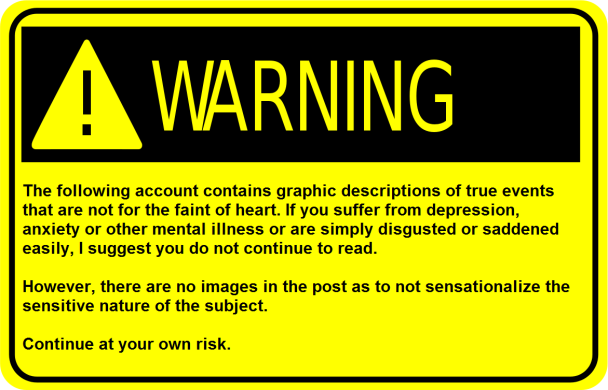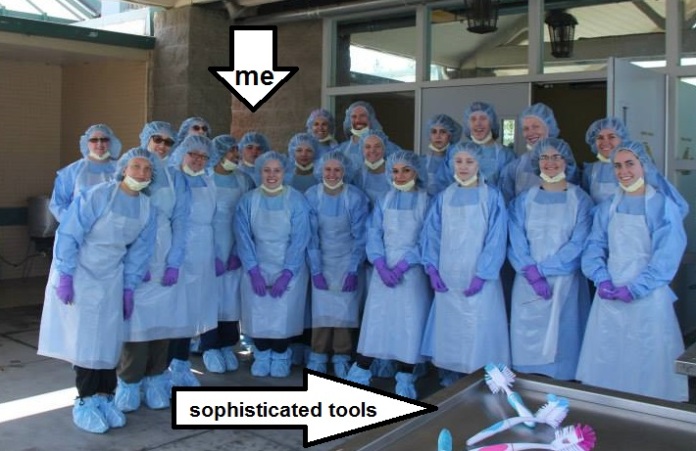“War, hate, jealousy, racism – what are they but manifestations of fear?”
-F. Paul Wilson, American author
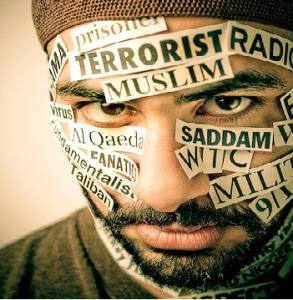 Have you ever been stopped at an airport because of your appearance? Has a teacher ever called you a terrorist in front of your classmates? Have you ever been publicly told you should die because of your religious beliefs and skin tone?
Have you ever been stopped at an airport because of your appearance? Has a teacher ever called you a terrorist in front of your classmates? Have you ever been publicly told you should die because of your religious beliefs and skin tone?
This and more happens to Middle Eastern-Americans every year in the United States.
We’ve talked a bit about race and social constructs on this blog before. Today, I want to explore the concept of racialization, specifically as it applies to Middle Eastern-Americans.
First, let’s define racialization. According to a quick search, you will find that it means “processes of ascribing ethnic or racial identities to a relationship, social practice, or group that did not identify itself as such.” It’s a bit vague, no?
Since America’s colonial foundations, the country has continued to see more than its fair share of racism. It isn’t surprising, in a country that started its history committed to using “whiteness” as a dominating system. Whiteness has always been, in some way, an essential characteristic of freedom. Therefore, racism establishes non-whites as different, “other,” a label that begins racialization for any group.
As colonists marked Native Americans and African slaves as nonwhites or the inferior “them,” they also marked whites as the superior “us.” In addition, this racial hierarchy established who was able to own property and who was property. This distinction is not limited to times of slavery:
- Chinese Exclusion Act, 1882-1943
- Black Codes, 1865
- Jim Crow Laws, up to 1965
African-Americans and other groups have made it through the Civil Rights Era rather victoriously. Is it fair to say the fight for civil liberties ended with the era? I think not. Inequality runs rampant; it just finds new ways.
At least there are movements like Black Lives Matter for African-Americans. What do Middle Eastern-Americans have? Who is protesting on their behalf?
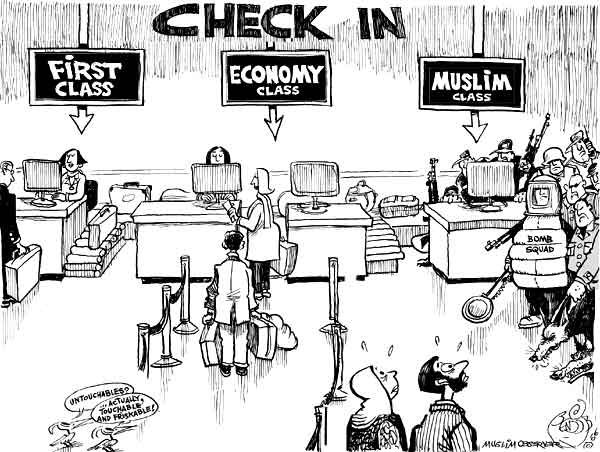
The racialization of Middle Eastern people began long before 9/11, very much through popular culture. They have been portrayed as barbaric, implying the superior civilization of Western culture when compared with the “savage” Orient. (Think, Aladdin!) 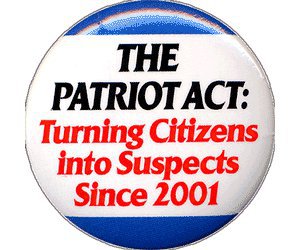
After 9/11, Middle Eastern-Americans were rapidly and radically racialized and are facing increasing hostility.While the Patriot Act expired last year, the damage has already been done. Racial profiling is supported by many Americans – an means to a “justified” end.
“Much like the impact of entertainment media, American news broadcasts impact public opinion, and not so implicitly. Only a handful of companies own all the media in the U.S. Each brand works to cater to its audiences, often foregoing actual news reporting for news analysis and commentary. Most noticeably, Fox News panders to the Republican party while CNN is considered to be more Democratic. The way these organizations talk about Middle Eastern people intensely affects racial division in the U.S. through the sensationalization of American nationalism against terrorists and the misrepresentation of terrorists as Islamic rather than as radical fundamentalists. No less than fifty-five percent of Middle Eastern-Americans are Christian, anyway, yet Muslim has become synonymous with Arabic.
One study looked at talk shows from both Fox News and CNN and found negative depictions of Muslims in every show analyzed including Larry King Live and Fox News Sunday. According to the study, the talk shows framed Muslims as a threat to western “civilization.” This frames Middle Eastern people as Muslim and Muslims as anti-American. Forty-two percent of the time, Arabs were brought up in the context of the war on terror. Middle Eastern countries like Pakistan were discussed as threats to “world peace that it’s now terrorist central” (Pervez & Saeed, 2010). Further, the news talk shows presented completely inaccurate portrayals of the teachings of Islam. As the general public trusts their chosen networks, the People accept false truths as fact and perpetuate misunderstood interpretations of Islam, additionally implicating Arab- and Muslim-Americans as threats to the American way of life.
Presently, the race for the Presidency is unveiling the true colors of the American constituency, especially as it pertains to presidential candidate and former reality TV star Donald Trump. Throughout the campaign trail, Trump has repeatedly pinned the American people against Middle Eastern and Muslim people. He’s blatantly advocated for the killing of the loved ones of terrorists, the return of waterboarding suspects, the banning of Muslims from entering the country and the closing and surveillance of American mosques. As for the banning of Muslims traveling to the U.S., a March poll illustrates fifty percent of American voters support Trump’s plan (Wong, 2016).
The political…rhetoric in the U.S. pins Middle Easterners as America-hating enemies who want nothing more than to harm the “infidels.” While it is directed at foreign Arabic people and Middle Eastern countries, many Americans who subscribe to the views of political candidates like Trump apply this hate speech to American citizens who fit the popularized physical description of a terrorist.” (DeNardo, 2016)
All the things that create our social reality, such as television, movies, education, news media, lawmakers and more, have a responsibility in this process as well as to reverse it – deconstruct the racial reality. We cannot stand by and allow innocent people to be harassed, innovative 14-year-old boys to be arrested and the like.
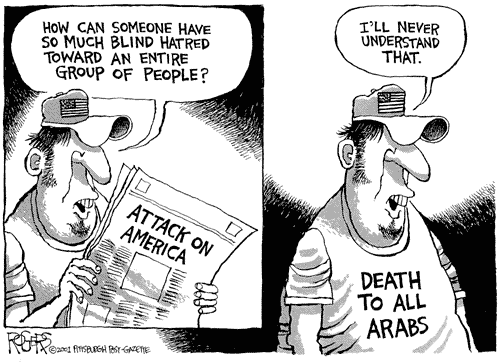 With ISIS/L and the global tensions from the organization’s desire to dominate, there is no wonder there is fear. However, racism as a reaction to fear does not need to be permanent.
With ISIS/L and the global tensions from the organization’s desire to dominate, there is no wonder there is fear. However, racism as a reaction to fear does not need to be permanent.
We must:
- reform the news media
- facilitate political organization
- hold authorities accountable
- dismantle stereotypes
- highlight the achievements of Middle Eastern-Americans
- admit there is a problem
- be better


